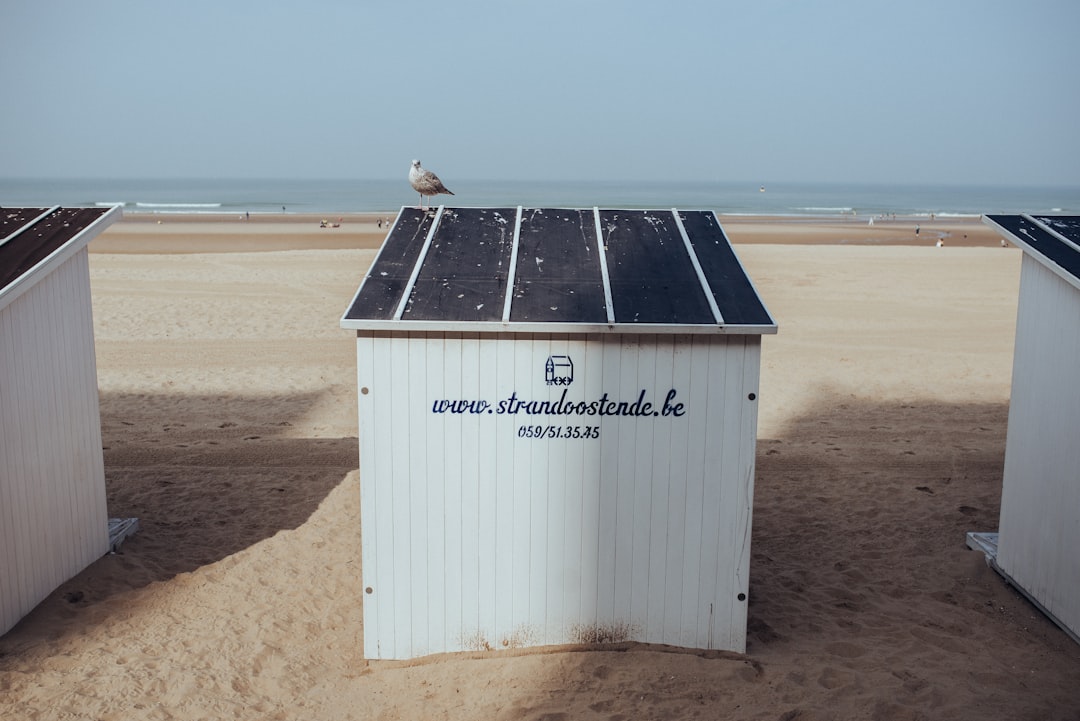What is it about?
Phase change materials (PCMs) are used in thermal energy storage and temperature regulation systems because they can store a lot of energy and transfer heat at a constant temperature. When added to liquid fluids, PCM particles increase the heat capacity of the mixture, allowing for efficient heat transfer with minimal temperature changes. This study investigates the interactions between a pressure-driven flow and a melting particle suspended in its own melt between two parallel plates.
Featured Image

Photo by Sime Basioli on Unsplash
Why is it important?
This research is important because it addresses a knowledge gap regarding the hydrodynamic and thermal interactions between suspended melting particles and pressure-driven flows. By investigating the behavior of melting particles in complex flow conditions, this research provides valuable insights that can contribute to more efficient and effective PCM slurries. The ALE model approach utilized in this research allows for a more accurate and direct analysis of the interactions between the liquid phase and suspended particles. This direct calculation of forces and heat transfer rates enhances the reliability and accuracy of the research findings.
Perspectives
I believe this research is important for advancing our understanding of the behavior of melting particles in flowing liquids, optimizing the performance of PCM slurries, and providing insights into particle-flow interactions. Moreover, developing a particle-resolved arbitrary Lagrangian-Eulerian (ALE) model offers a more accurate and direct approach to studying the interactions between the liquid phase and suspended particles. The findings can have practical applications in various industries and contribute to the broader field of computational fluid dynamics.
Reza Kaviani
University of Oklahoma
Read the Original
This page is a summary of: Migration and heat transfer modeling of a neutrally buoyant melting particle in Poiseuille flow, Physics of Fluids, June 2023, American Institute of Physics,
DOI: 10.1063/5.0145904.
You can read the full text:
Contributors
The following have contributed to this page










